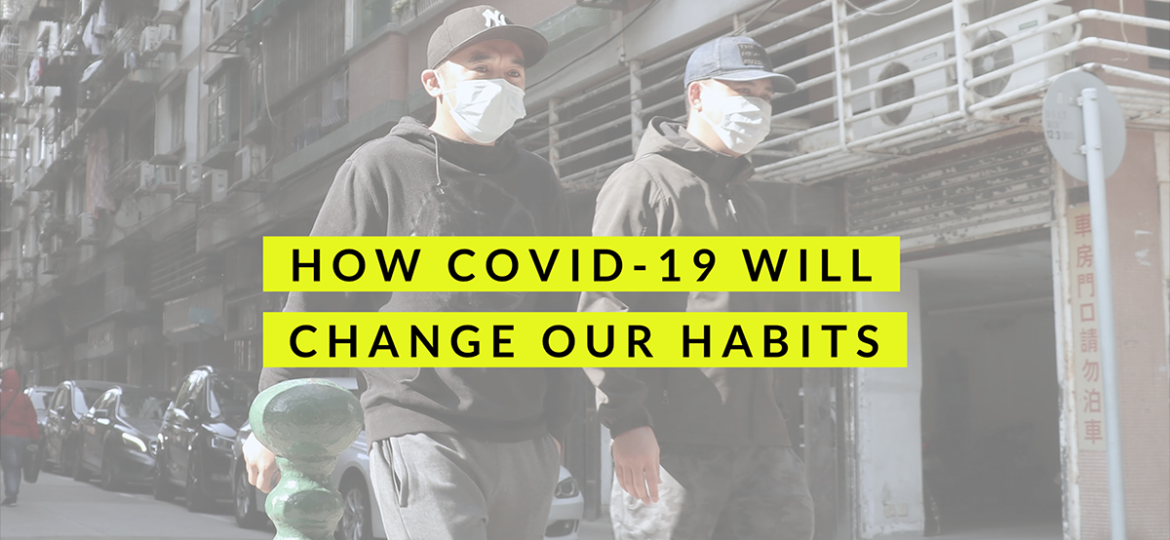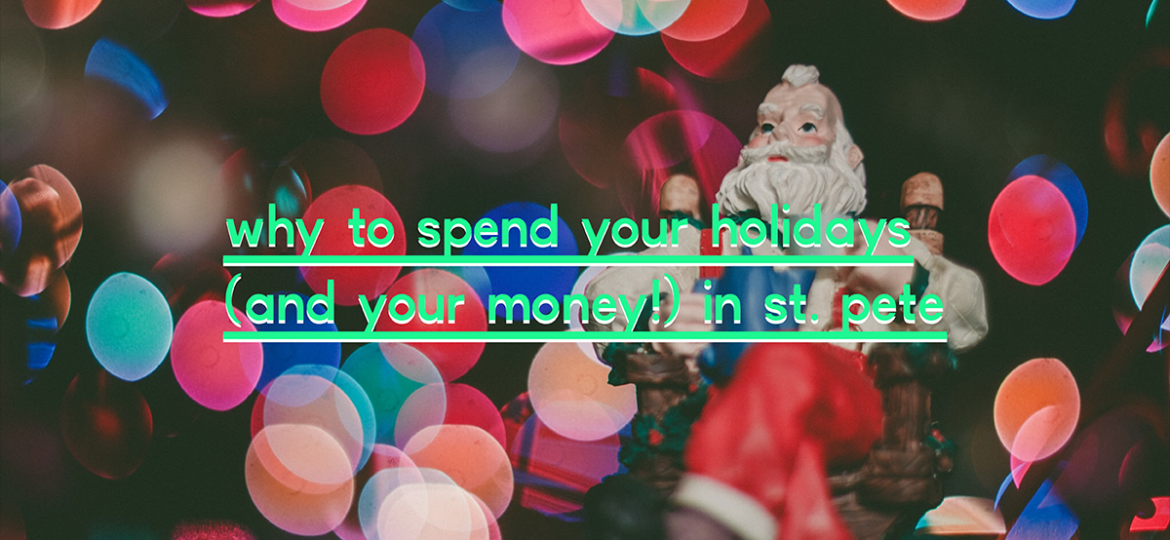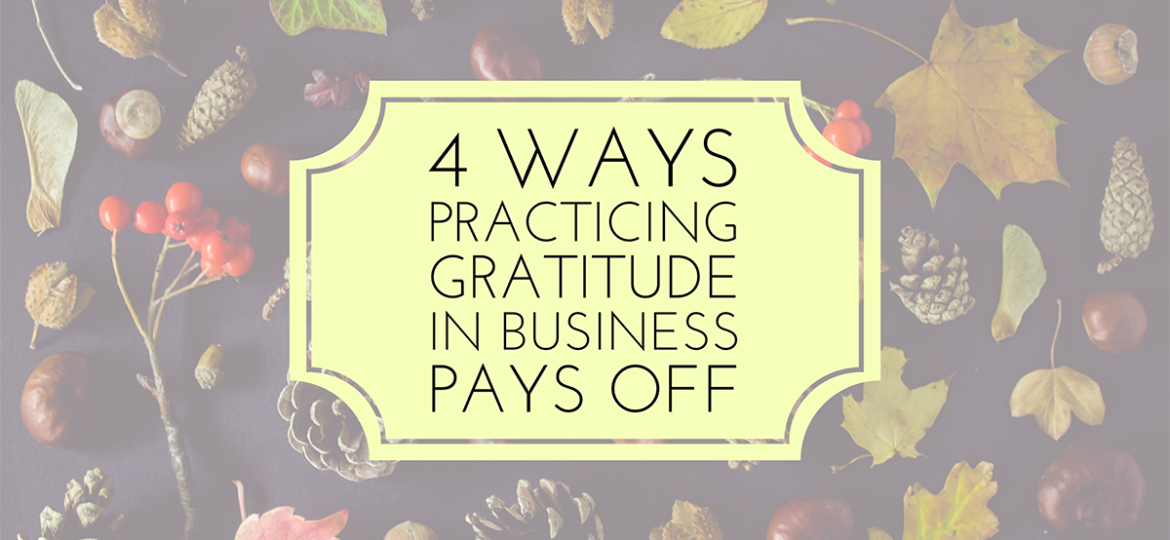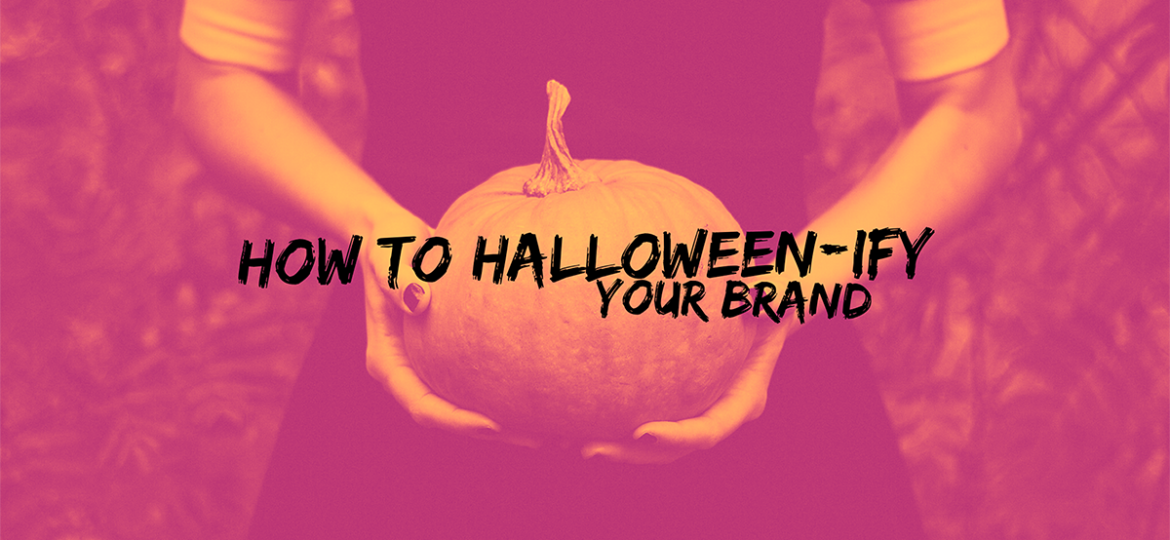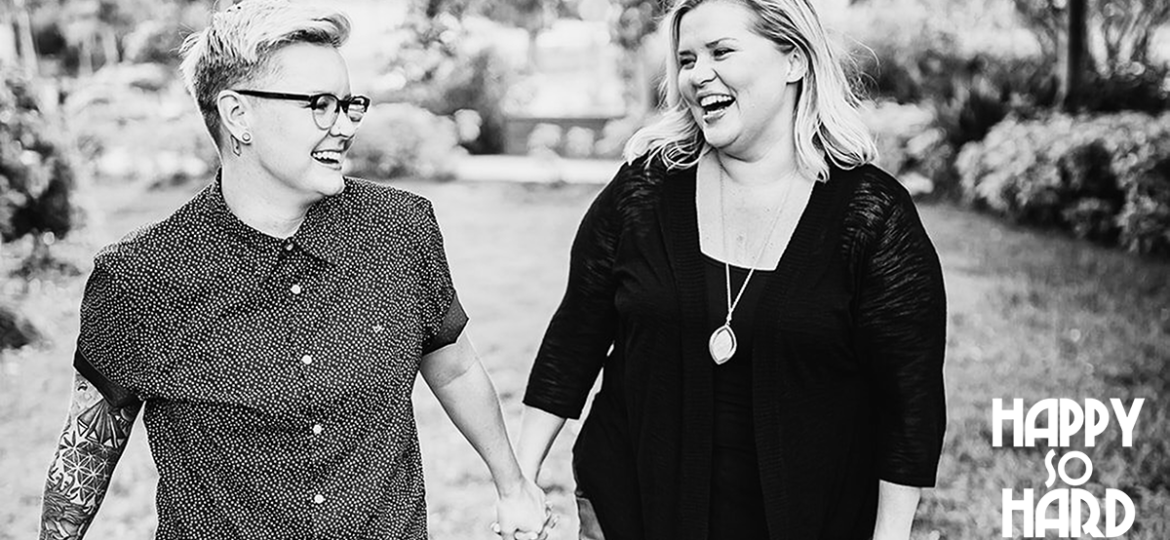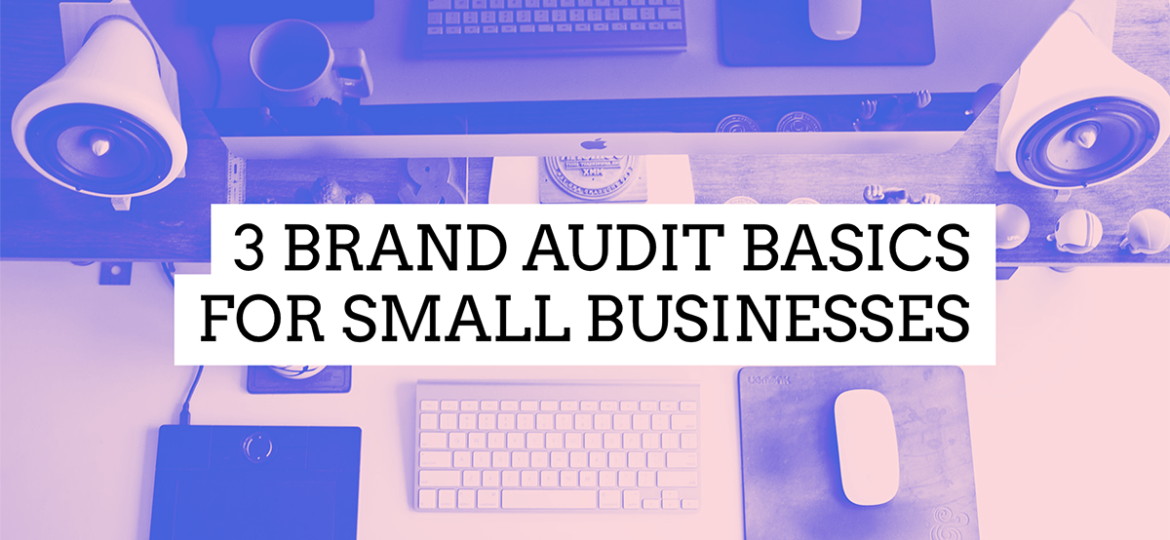Media Garage Group explores what a post-coronavirus future may look like. Discover how COVID-19 will change our habits & how priorities may change for good.
We’re in the midst of a global health crisis. What do you do when business must go on? Discover our 10 Tips for Advertising & Marketing During Coronavirus.
They’re young. They’re informed. They insist on trust. Take a look at a couple Gen Z marketing DOs and DON’Ts, and consider how they fit into your strategy.
If you’re looking for things to do, places to go and unique gifts to buy this holiday, look no further than St. Pete! Discover some of MGG’s favorite picks.
Discover 4 ways practicing gratitude in business increases customer retention, decreases employee turnover and more. Happy Thanksgiving from MGG!
Discover creative content development ideas to Halloween-ify your brand! Take advantage of holiday marketing trends and gain more delicious eyeballs!
It’s World Mental Health Day. Our Content Director, Court Bishop, battles with anxiety & depression. In her blog, Happy So Hard, she shares her experience.


